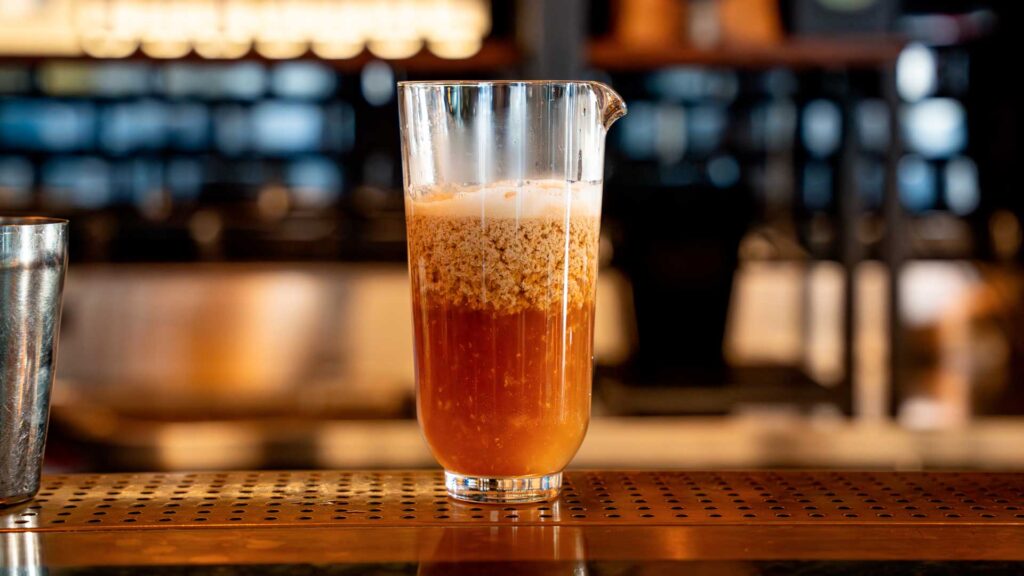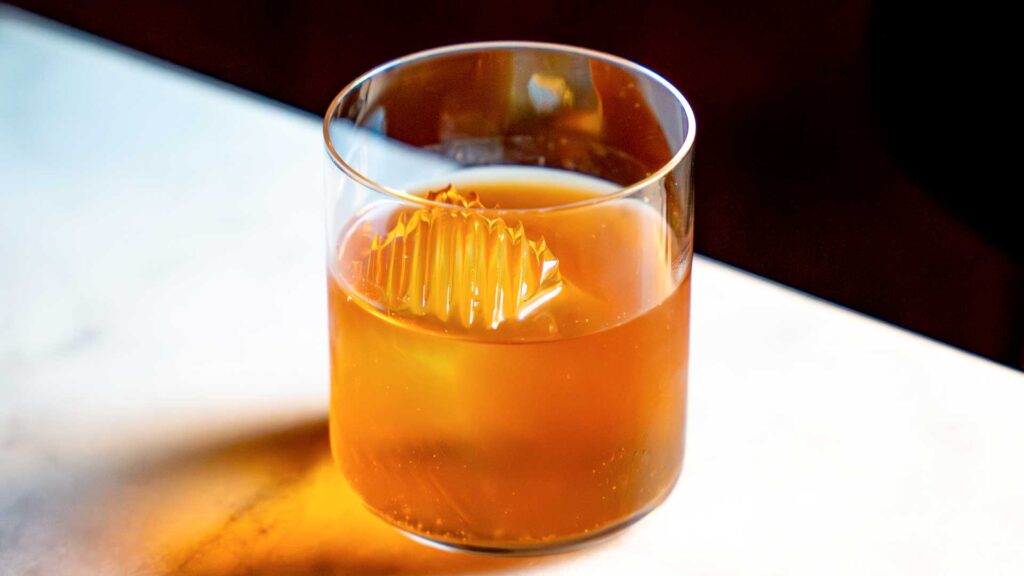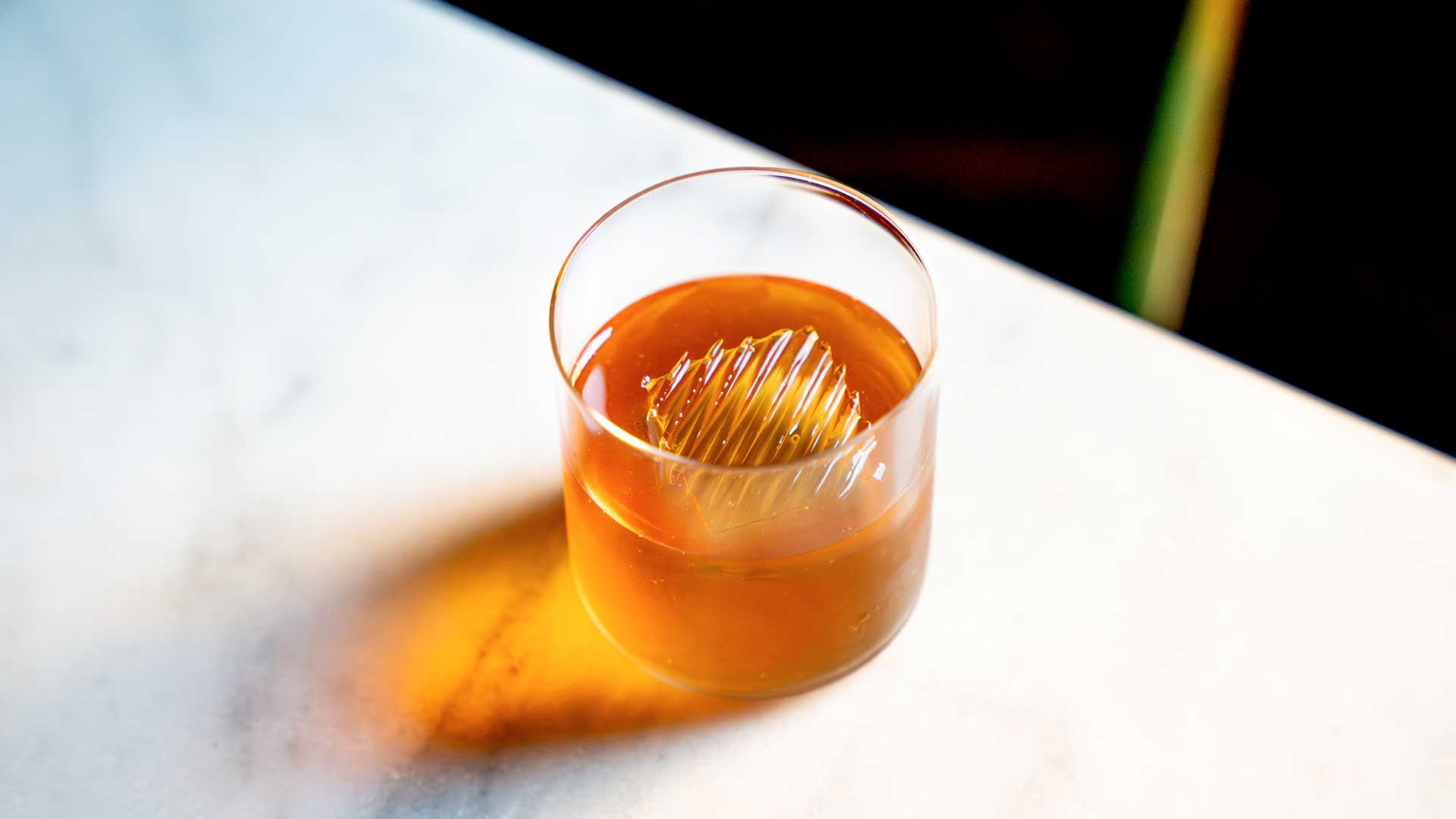If punch is the grandfather of all cocktails, then Milk Punch is the second granddad—not quite as famous, but definitely not to be overlooked. It was born around the same time, just took a different route and ended up with less spotlight. Let’s start with a little history.
The History of Milk Punch
We are in the mid-17th century. The British are sailing around the world, coming up with the early versions of what we now call cocktails. Most origin stories credit men, especially sailors, for these inventions. But Milk Punch? That’s got a woman’s signature on it.
Now, exactly which woman is up for debate. Sources narrow it down to two contenders. The most likely is Aphra Behn: a writer, translator, and one of the first English women to make a living from her work. She was also a spy in Antwerp for King Charles II.
The other is Mary Rockett, who may have had a less adventurous life but was the first to write down the Milk Punch recipe, in a manuscript from 1711. From there, the cocktail started to rise in popularity, reaching its peak in the mid-18th century.
What Exactly is Milk Punch?

There’s a bit of confusion around what Milk Punch really is. It’s a drink made with milk, something sweet, something acidic or astringent, and a spirit (brandy, bourbon, or whiskey are the usual suspects).
The confusion mostly comes from the type of milk. Back in the day, its name could be used interchangeably with “eggnog.” Nowadays, we make a distinction: Milk Punch typically refers to the version where the milk has been clarified.
Quick refresher: clarification is a process that’s been used since the 17th century to make milk last longer. It separates the solids from the liquid, resulting in a smoother, clearer drink with a less creamy texture.
The Sky’s the Limit
There are plenty of ways to clarify milk: you can decant it, use cold filtration, or even active charcoal. It takes time and precision.
The fun part? You can add anything to the milk. As long as there’s an acid (which curdles the milk), the rest is up to your imagination. Any spirit, liqueur, juice, herbs, spices, coffee, tea—you name it. Obviously, flavor balance is key, but the possibilities are practically endless.
How to Make a Milk Punch

Let’s get into the process, now that we’ve covered the clarification techniques. Here’s a basic approach: take a container and mix up the ingredients you want to add to the milk. Remember, you’ll need something acidic (lemon juice is a popular choice), and sugar is usually involved too. Then, add your spirit—whiskey, bourbon, brandy, rum, or whatever you fancy. You can even throw in some tea for extra depth.
In a second container, pour your milk. Then slowly add the mix you’ve just made. The acidity from the lemon juice will kickstart the curdling process. Now, you’ll need to let it sit for at least 30 minutes (but a few hours is even better).
Once it’s rested, all that’s left is to filter out the milk solids. You’ll need a fine mesh strainer, and you’ll want to strain it at least three or four times. You’ll know you’re done when the liquid is crystal clear.
Store the finished Milk Punch in the fridge. When you’re ready to serve, grab an old fashioned glass, pop in a single large ice cube, pour the cocktail over it, and enjoy.
Image credits of Julie Couder and Coqtail, location Nik’s & Co, all rights reserved.







